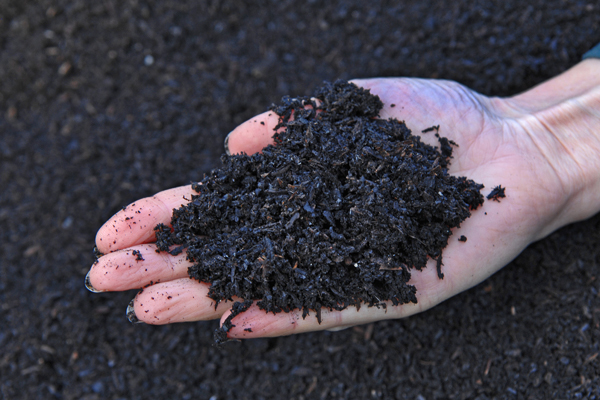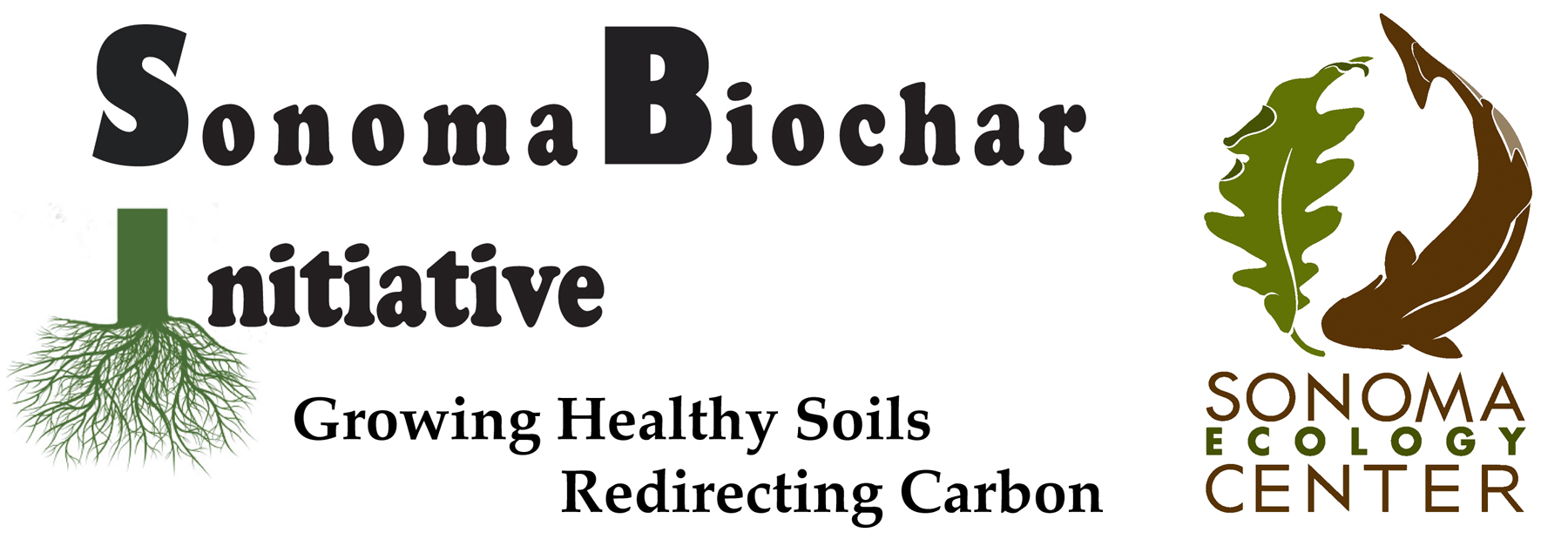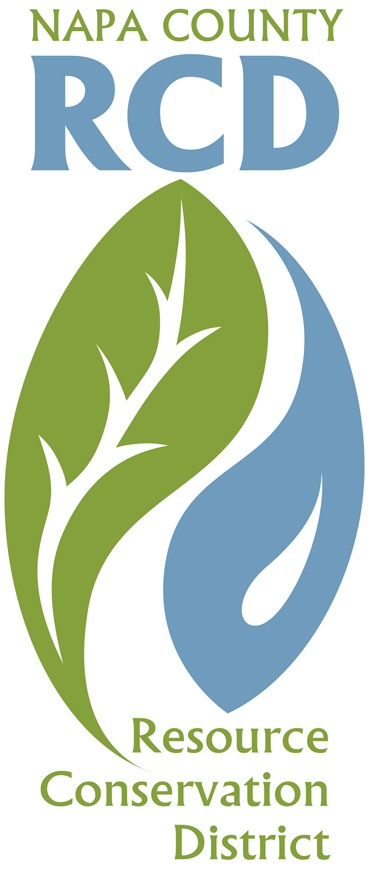Several things really made an impression on me when I attended the US Biochar Symposium last October at the University of Massachusetts in Amherst. The first was the plenary speech by Dr. Johannes Lehmann, considered by many as the scientific “godfather” of the modern biochar movement. The eminent soil scientist from Cornell University emphasized one central theme throughout the talk: all biochar is not the same—in fact we should be using the plural term biochars when talking about it since no two biochars, made in different processes, at different temperatures, from different feedstocks, will have the same characteristics.
Dr. Lehmann cautioned those of us looking to commercialize biochar to be rigorous in providing a consistent product that will produce consistent results, and that consumers can trust. Most of us who have been in the biochar world for awhile have certainly heard of and seen many types of biochar, exhibiting many different characteristics. Biochar made as a byproduct from large gasifiers primarily producing energy, for example, can have a very different structure and ph level than that made from smaller continuous-feed or batch systems that are designed primarily to produce biochar.
So sourcing biochars from different producers may have markedly different results in similar soils. Since there have been positive, neutral, and even negative results using biochar in field trials much research still needs to be done—especially identifying which feedstocks, heated at which temperatures, will produce the optimal results in a given soil type, with which plants.
This work is underway all over the world, and we conducted our own Citizen Science experiment right here in Sonoma County this year. The results of this experiment using local gardeners willing to take part in a backyard field trial will be published early next year. SBI was also recently awarded a USDA Conservation Innovation grant that will allow us to produce large amounts of biochar locally and test it at three local farms: Green String, Oak Hill, and Swallow Valley.

Biochar mixed with compost makes a rich soil amendment beneficial for your garden.
My second big takeaway from the conference came at a virtual presentation given by Hans-Peter Schmidt titled “Novel Uses of Biochar”. Mr. Schmidt founded the Ithaka Institute for Carbon Cycling & Winegrowing in Switzerland and for 7 years has been adding biochar to vineyards and introducing it in other agricultural settings as well. The description of his talk at the conference explains what he calls the importance of integrating the “cascading use” of biochar in the farm workflow, and even in industial systems:
“In addition to the use of biochar as a soil amendment, there are an increasing number of ways to incorporate biochar into different eco- and industrial systems. Thus feeding biochar to livestock has numerous benefits not only for the animals, but it also helps reduce greenhouse gas emissions and improves nutrient retention in animal manure. The use of biochar in building materials is just beginning to be studied but shows promise in the ability to insulate, decontaminate air, and provide odor and humidity control. Biochar as pillow filling to induce perfectly reposing sleep is just another way to benefit from biochar’s multiple qualities. There are more than 55 uses of biochar that can all be combined in cascades. All of these uses have in common that the biochar gets slowly charged with nutrients, gets oxidized and can finally be recycled as a soil conditioner.”
Much more information on the many, many ways to use biochar(s) before finally putting it in the ground is available here. Click on Ithaka Journal and scroll down to the section titled “55 Uses of Biochar”.
Lastly, I was particularly impressed by the work done by NASA scientist Doris Hamill in producing a high school curriculum on biochar. If you are interested in teaching a science segment with some positive content about using biochar as a strategy to help mitigate climate change and promote sustainable agriculture, she has done an amazing job of preparing everything you will need. It is open source, free, and available here.
Raymond Baltar


Comments are closed